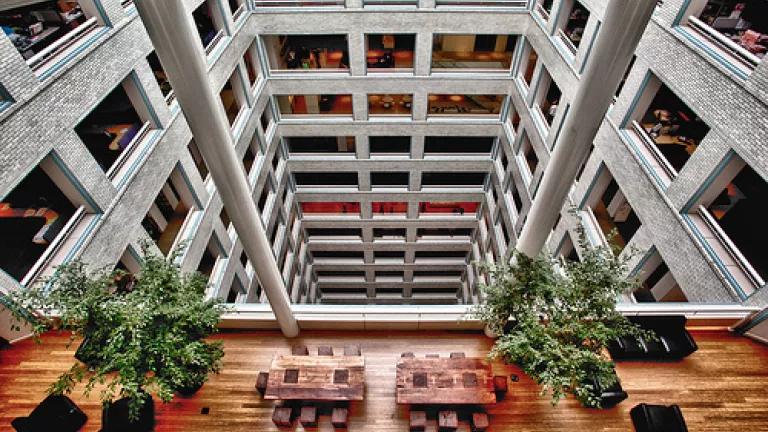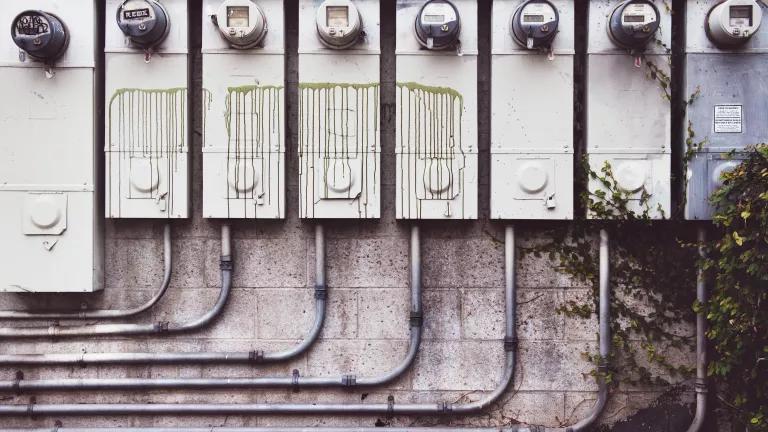
Yesterday the Chicago Tribune ran an article about the Chicago Energy Use Benchmarking Ordinance. The article notes that building owners of historic and landmark buildings are concerned with the limited changes available to make their buildings more energy efficient. It's time to put those concerns to rest.
The outlook for historic buildings is good in terms of energy performance. As I’ve mentioned before, historic buildings are actually some of the best energy performers already. In New York, the city’s first report on the implementation of their benchmarking and disclosure ordinance found that skyscrapers built before 1929 used 40 percent less energy per square foot than newer office buildings. This means these historic buildings were actually scoring higher than newer buildings when benchmarked in Energy Star’s Portfolio Manager. Also, more than one-third of the 20,000 nationwide buildings that are Energy Star certified (recognition for top performers) were built prior to 1980. Historic buildings are simply not disproportionately impacted by benchmarking and disclosure.
The same is true for landmark buildings. In fact, here in Chicago, landmark buildings can be leaders when it comes to improving their energy efficiency. In Retrofit Chicago’s Commercial Buildings Initiative, there are two landmark buildings committed to reducing their energy use by 20 percent in five years – The Rookery and The Marquette Building. Like the Heyworth Building featured in the article, The Rookery is a Burnham design. While certain improvements may not be available in order to maintain landmark status, a combination of energy efficiency improvements is possible to significantly reduce energy use while preserving the character of these landmark buildings.
Interior of 224 South Michigan Avenue, featuring its beautiful lightwell. The 109-year-old building is among the top 25 percent of all office buildings nationwide when it comes to energy efficiency. Source.
Another Burnham building that is committed to reducing its energy use is 224 South Michigan Avenue (also known as the Railway Exchange Building and formerly the Santa Fe Building). Also a participant in the Commercial Buildings Initiative, 224 South Michigan has taken great strides in improving its energy efficiency. In fact, it is an Energy Star certified building, meaning it is performing among the top 25 percent of all office buildings nationwide!
And U.S. Equities Realty, a full-service commercial real estate firm headquartered in Chicago works out of 20 North Michigan Avenue. As its Chairman and CEO Bob Wislow stated in his testimony to the city council’s Committee on Zoning, Landmarks and Buildings Standards last week, 20 North Michigan Avenue was built in 1880, is one of the oldest buildings on the historic Michigan Avenue, and has an Energy Star score of 80. At 133 years old, it is performing among the top 20 percent of all office buildings in the nation.
Chicago’s benchmarking and disclosure ordinance creates the opportunity for historic and landmark buildings to learn from their energy use and implement cost-effective efficiency improvements. There is no data that suggests historic or landmark buildings are disproportionately impacted by such ordinances. In fact, there’s data showing historic buildings, in the aggregate, score better than newer buildings. The city council’s Committee on Zoning, Landmarks and Building Standards voted last week 11-2 to recommend the ordinance to the full city council, and we hope historic and landmark buildings will join us in supporting this ordinance.
This post was co-written by Kimi Narita, MAP Energy Fellow.


